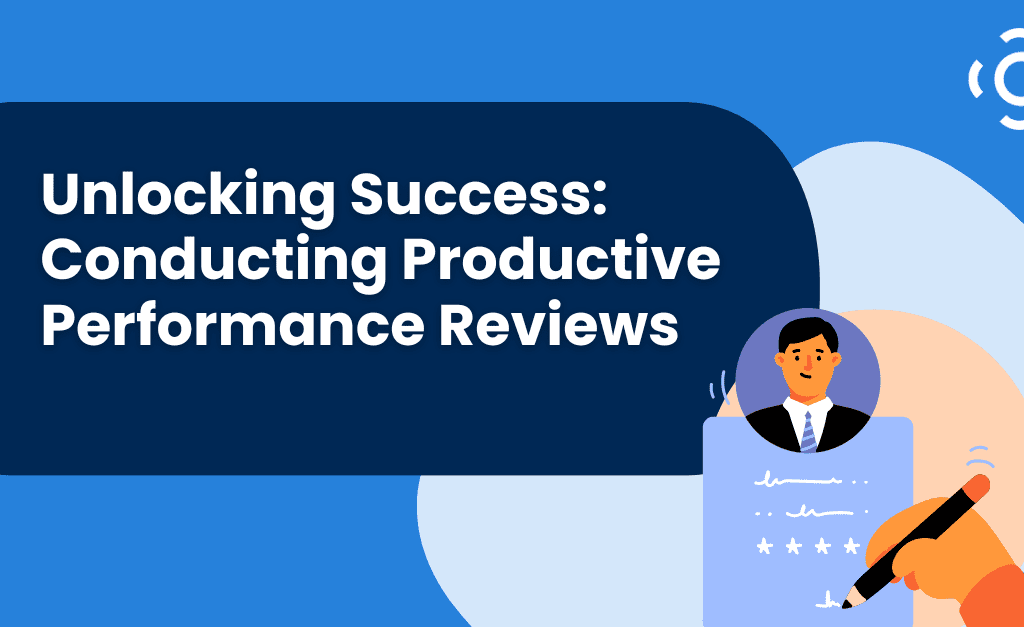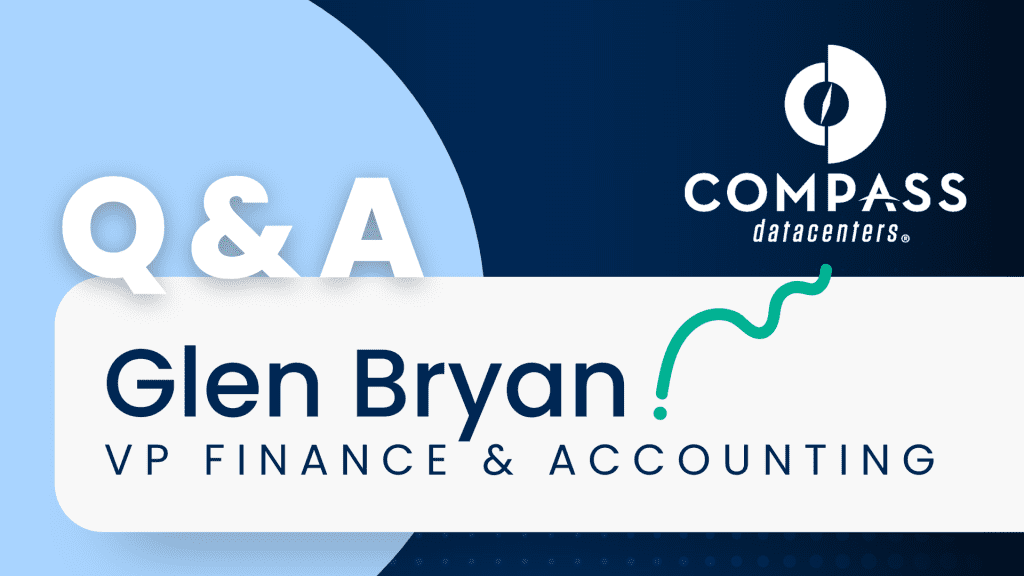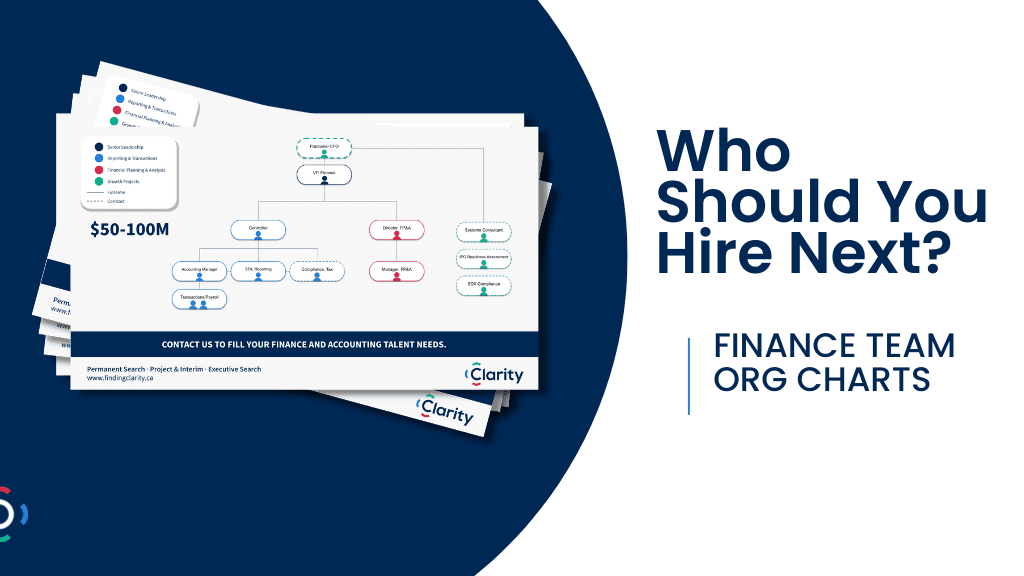For most employees, their performance review is the most stressful meeting of the year. For managers, it can be a challenge to deliver a balanced performance review that offers constructive feedback, while still maintaining a positive relationship. With the right approach, however, you can turn the performance review meeting into a productive exchange.
Ongoing Feedback
Performance reviews should be more than just an annual affair. Regular one-on-one meetings should be scheduled throughout the year where managers check in with employees. This helps to develop the relationship and prepare the groundwork for the formal review process.
Read “How to Give Feedback” to learn how to deliver constructive feedback in a way that creates buy-in.
Establishing Expectations
An article from the Harvard Business Review discusses the importance of establishing expectations. In it, Dick Grote, author of How to Be Good at Performance Appraisals, states that discussing each direct report’s goals and expectations at the beginning of the year not only improves performance immediately as people understand expectations but also, “earns the right to hold people accountable at the end of the year.”
The Self-Assessment
A few weeks before the performance review ask your employee to conduct a self-assessment. Ensure that they make note of two or three accomplishments that they are particularly proud of and an area where they would like to see improvement. This will help them prepare for the performance review meeting.
Resource: To help your employees conduct an effective self-assessment offer them this resource “How to Write a Self-Assessment for Your Finance Job.”
Your Preparation
Review the notes that you’ve made about the employee throughout the year, referencing your one-on-one meetings. This will refresh your memory and allow you to discuss the employee’s progress knowledgeably.
During the Meeting
What is the key takeaway that you want to communicate? How can you develop a two-way conversation about the message? Positive feedback is critical as it reinforces the behaviours you want to see continue. With your strong performers, keep the meeting as positive as possible. With employees who are underperforming, be specific in giving them actionable items, not vague feedback like “You need to be more proactive.” By setting specific targets for them to achieve, you lay down your expectations and reduce the chance of miscommunication.
Ask for Feedback
After discussing the employee’s strengths and stretches, it’s important to solicit their feedback. How do they feel things are going? Are there ways that you could facilitate their success? What do they need to do their job well that they may not have access to? Remember, while you need to support and coach your direct reports, it’s also important to hold your ground if you feel strongly about something. Ask if they have suggestions/solutions to improve their performance.
Key Takeaways
- Conducting an effective performance review starts at the beginning of the year when you meet with your employees and establish expectations.
- Regularly scheduled one-on-one meetings will help you to understand the employee’s career aspirations and allow you to regularly give and receive feedback on their progress.
- Before the meeting let the employee fill in a self-assessment and review your notes to make sure you’re prepared.
- During the meeting offer feedback and be open to hearing what the employee has to say.
- Set expectations for improvement if applicable and operate from a coach mentality.
- Ask if the employee has solutions to improve their performance
A well-conducted performance review meeting can be a positive, constructive experience if approached the right way.
Your Next Step
No one should walk the job search or hiring road alone. At Clarity Recruitment, we help others realize their success through a process that marries proprietary technology with unwavering commitment.
Contact us today to take control of your career, or to partner with us to hire well.




